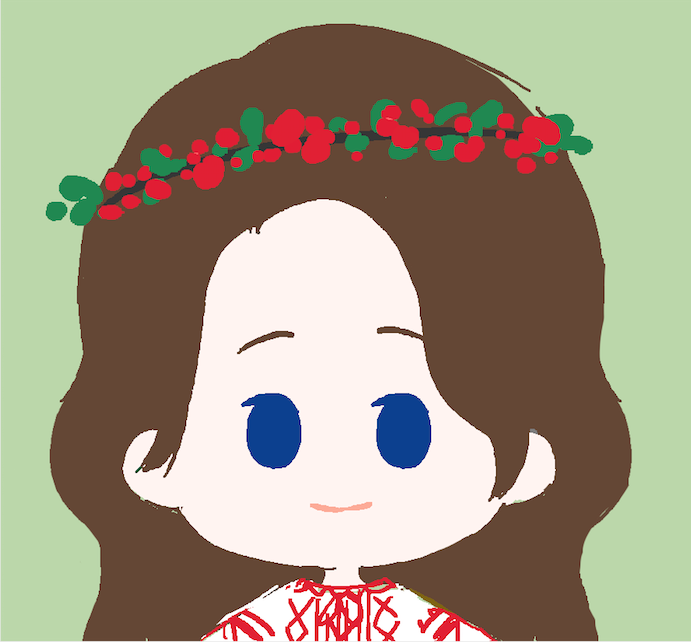According to the scholars phraseological units are phenomena that fix in a stable form of the reality of the people, their collective experience, as well as stereotypes of the collective consciousness of this people, and more of the collective unconscious. Thanks to such properties of phraseological units, they symbolize the specificity of the ethnic community.
What phraseology tell about the Japanese

Indeed, from the phraseological units that function in the language, one can see the distinctive features of the people of their creator. Let's mention, for example, the well-known proverb 出る杭は打たれる /deru kui wa utareru/ a nail that sticks out is hammered in, which reflects the traditional desire of Japanese society not to stand out, to be like everyone else, to blend in with one's social group.
A characteristic feature of the Japanese nation is the desire for education and self-improvement, the importance of which is enshrined in folk wisdom:
六十の手習い/rokuju:-no tenarai/ it is never too late to learn;
人の振りを見て我 が振り直せ/hito-no furi-o mite waga furi-o naose/ one man's fault is another's lesson.
六十の手習い/rokuju:-no tenarai/ it is never too late to learn;
人の振りを見て我 が振り直せ/hito-no furi-o mite waga furi-o naose/ one man's fault is another's lesson.
Industriousness as a special feature of the Japanese people is also reflected in phraseology:
蒔かぬ種は生えぬ/makanu tane wahaenu/ if you don't put in the effort, don't expect results;
石の上にも三年 /ishi-no ue-ni mo san-nen/ good things come to those who wait.
The ethnocultural specificity of phraseology is revealed, in particular, in the fact that it reflects the realities of the people. For example, a number of phraseological units contain words denoting national dishes:
羹に懲りて膾を吹く /atsumono-ni korite namasu-o fuku/ once bitten twice shy (lit. punished by the fire blow one's throat).
刺し身のつま /sashimi-no tsuma/ something of no significance (lit. side dish for sashimi);
花より団子 /hana yori dango/ people are more interested in the practical over the aesthetic (lit. dango (rice balls) are better than flower);
猫に鰹節/neko-ni katsuobushi/ temptation one can't resist, trusting a cat with milk (lit. katsuobushi (dried fish seasoning) fort the cat);
棚から牡丹餅/tana-kara botamochi/ receiving a windfall; having an unexpected piece of good luck (lit. botamochi (sweet rice balls) from the shelf).
蒔かぬ種は生えぬ/makanu tane wahaenu/ if you don't put in the effort, don't expect results;
石の上にも三年 /ishi-no ue-ni mo san-nen/ good things come to those who wait.
The ethnocultural specificity of phraseology is revealed, in particular, in the fact that it reflects the realities of the people. For example, a number of phraseological units contain words denoting national dishes:
羹に懲りて膾を吹く /atsumono-ni korite namasu-o fuku/ once bitten twice shy (lit. punished by the fire blow one's throat).
刺し身のつま /sashimi-no tsuma/ something of no significance (lit. side dish for sashimi);
花より団子 /hana yori dango/ people are more interested in the practical over the aesthetic (lit. dango (rice balls) are better than flower);
猫に鰹節/neko-ni katsuobushi/ temptation one can't resist, trusting a cat with milk (lit. katsuobushi (dried fish seasoning) fort the cat);
棚から牡丹餅/tana-kara botamochi/ receiving a windfall; having an unexpected piece of good luck (lit. botamochi (sweet rice balls) from the shelf).
Phraseologisms that contain the names of elements of national clothing certainly have ethnic and cultural specificity, for example:
下駄と焼き味噌 /geta to yakimiso/ things that look similar but are completely different (lit. geta (traditional footwear) and fried miso);
帯に短し、襷に長し/obi-ni mijikashi, tasuki-ni nagashi/ neither one thing nor the other (lit.too short for a belt, too long for a sleeve tie), etc.
下駄と焼き味噌 /geta to yakimiso/ things that look similar but are completely different (lit. geta (traditional footwear) and fried miso);
帯に短し、襷に長し/obi-ni mijikashi, tasuki-ni nagashi/ neither one thing nor the other (lit.too short for a belt, too long for a sleeve tie), etc.
The peculiarity of the people lies in their beliefs, which are also reflected in phraseology:
惠比須顏/ebisu-gао/ smiling face (lit. face of Ebisu (god of wealth and trade));
三人寄れば文殊の知恵 /sannin yoreba Monju-no chie/ two heads are better than one (lit. where there are three there is the wisdom of the god of wisdom Monju himself), etc.
惠比須顏/ebisu-gао/ smiling face (lit. face of Ebisu (god of wealth and trade));
三人寄れば文殊の知恵 /sannin yoreba Monju-no chie/ two heads are better than one (lit. where there are three there is the wisdom of the god of wisdom Monju himself), etc.
In phraseology, the "genotype" of a people, its moral and ethical, aesthetic guidelines, value orientations and priorities, stereotypes, cultural archetypes, myths, rituals, etc. is fixed and transmitted from generation to generation, so to speak. So, phraseology is not only a bright visual tool, but also an integral part of language and culture, which reflects the national spirit of the people who use this language and carries this culture.
Do you have similar idioms in your language? Share in the comments!
Do you have similar idioms in your language? Share in the comments!

